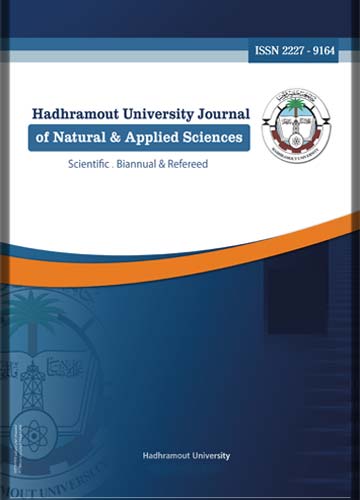Comparative Study of Different Fuzzy Models for Gas Compressibility Factor Prediction
Comparative Study
Keywords:
Artificial Intelligence, model, Fuzzy Logic, z-factorAbstract
Good estimation of gas compressibility factor (z-factor) of gas is an essential key in numerous
gas and oil calculations. In the absence of experimental data, the iterative methods were run to estimate
the z-factor. However, these methods are more complex and have a large number of factors, which require
longer calculations. In addition, the accuracy of these correlations has become insufficient for the best
estimations due to their limitations. The objective of this study is to test various Fuzzy Logic (FL)
technique to develop a simple and robust approach. The FL has three types: Fuzzy c-means (FCM), grid
partition (GP), and sub-clustering (SC) Algorithms. The proposed FL models were compared with
iterative methods to test its performance and reliability to predict z-factor. Around 6500 published and
unpublished data points with a wide range of z-factor and reduced temperature and pressure were collected
from several fields in the Middle East used to develop FL models. It was found that the developed FL with
various cluster techniques is more precise and trustful than published empirical techniques and can be used
in a wide range of pseudoreduced pressure and temperature. The obtained results show that the FL with
sub-cluster technique performs well with a lower average relative per cent error of 0.13% and higher
accuracy (R2=1) than the other models. The technique presented in this work is robust, efficient, and
accurate. It can be used to calculate the z-factor in the absence of experimental data.




